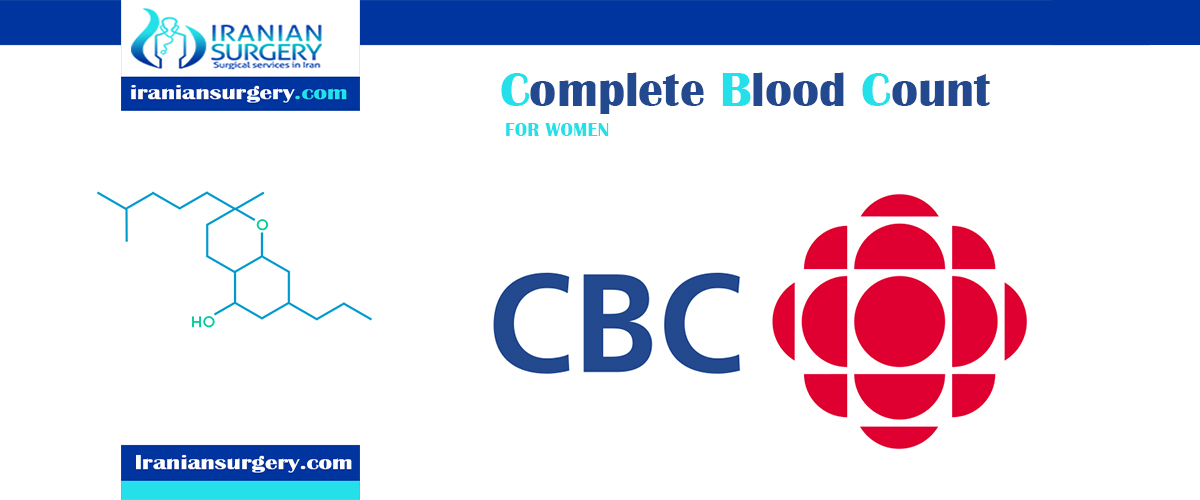CBC

Complete blood count
A complete blood count (CBC) is a blood panel requested by a doctor or other medical professional that gives information about the cells in a patient’s blood, such as the cell count for each blood cell type and the concentrations of hemoglobin. A scientist or lab technician performs the requested testing and provides the requesting medical professional with the results of the CBC.
Blood counts of various types have been used for clinical purposes since the nineteenth century. Automated equipment to carry out complete blood counts was developed in the 1950s and 1960s.Most blood counts today include a CBC count (i.e.: complete blood count) and leukocyte differential count (LDC) that gives the percentage of each WBC type, such as neutrophils, eosinophils, basophils, monocytes, and lymphocytes.
The cells that circulate in the bloodstream are generally divided into three types: white blood cells (leukocytes), red blood cells (erythrocytes), and platelets (thrombocytes). Abnormally high or low counts may indicate the presence of many forms of disease, and hence blood counts are among the most commonly performed blood tests in medicine, as they can provide an overview of a patient’s general health status. A CBC is routinely performed during annual physical examinations in some jurisdictions.
Medical uses
Complete blood counts are done to monitor overall health, to screen for some diseases, to confirm a diagnosis of some medical conditions, to monitor a medical condition, and to monitor changes in the body caused by medical treatments.
For patients who need blood transfusion, a blood count may be used to get data which would help plan an amount of treatment. In such cases, the person should have only one blood count for the day, and the transfusion of red blood cells or platelets should be planned based on that. Multiple blood draws and counts throughout the day are an excessive use of phlebotomy and can lead to unnecessary additional transfusions, and the extra unnecessary treatment would be outside of medical guidelines.

